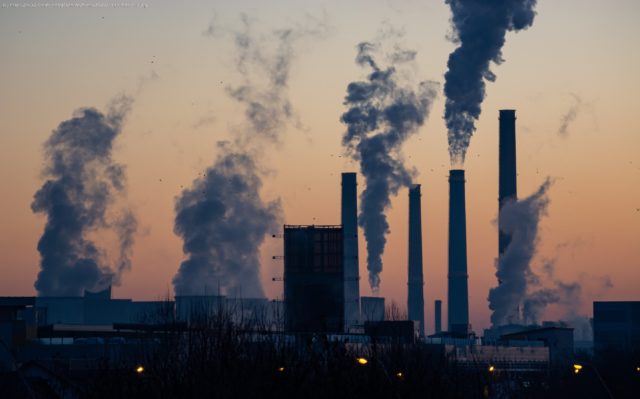«Without further investments in the bioeconomy, the net zero emission target will not be met.» Data issued from the EU project Biomonitor point out gaps in the Green Deal and suggest speeding up procedures states, «New technologies must be fostered but length and complexity of the European approval process risk discouraging the investors.»
September 30, 2022
«Without further investments in the bioeconomy, the net zero emission target will not be met.» Data issued from the EU project Biomonitor point out gaps in the Green Deal and suggest speeding up procedures states, «New technologies must be fostered but length and complexity of the European approval process risk discouraging the investors.»
«To achieve carbon neutrality by 2050 we need more investments than those envisaged by the Green Deal, otherwise we will never make it. It is crucial that the European Commission further stimulates the bio-economy and does not drive away investors.»
This is not critics, nor politicians speaking, but the figures issued by an EU project which modeled several possible scenarios for the next decades. Lasting over four years, Biomonitor kicked off in 2018 with the aim of addressing the information gap in bioeconomy research, to provide political and economic leaders with more effective planning tools. Justus Wesseler is the project coordinator.
What strategies do the data suggest for achieving the zero emission target by 2050, set by the European Green Deal?
First of all you need to increase investments in the bio-economy. And then you have to make the new technologies ready for use earlier than they are today.
Why are these two steps so crucial?
The bioeconomy can substantially contribute to achieving zero greenhouse gas emissions, but it will not be allowed to play such a key role without further technological changes. That is why the data suggest that we need more investments. Those currently indicated by the Green Deal will not be enough to meet the target of climate neutrality by 2050.
What other scenarios have you taken into account?
One is just continuing business as usual and it would basically result in replicating in the future what has happened so far. A second scenario envisages an extreme strengthening of the bioeconomy, via dedicated investment policies and another one the possible impacts of the introduction of taxes on carbon dioxide.






